Big See Award winning project 2022
Project finalist at The PLAN Awards 2019
The project for the new Scientific High School in Sesto Fiorentino represented a major design challenge for us. With this project, we set three goals: to build a high school in a strategic area; to provide the high school with a new safe, efficient, and innovative teaching facility; and to support local economic development with new workplaces.
We developed the high school around three distinct blocks: two dedicated to educational-academic functions and one dedicated to the gym. This configuration was designed to integrate harmoniously with the bicycle path, the pedestrian and vehicular road system, and the surrounding green area. The presence of the university laboratories to the east, with their rigorous and functional character, led us to reverse the proportion between transparent and opaque surfaces, favoring large glazed facades on the east front to improve natural lighting and internal comfort control.
The building counts three floors around the south court and two around the north court. We took advantage of the rotation of the volumes to generate panoramic terraces, which face the large glazed facades, providing quality outdoor spaces and increased visual connection with the surrounding environment. The spaces dedicated to frontal teaching were placed mainly on the east front, where they can benefit from optimal conditions of natural light and comfort. We have also provided a CONI-certified gym and a flexible auditorium, further enriching the high school’s facilities. The entrance system was designed to allow the collective spaces to be used after school hours, thus serving the school and the local community. Throughout the project, we focused on environmental aspects. We focused the design on reducing operating costs through very low energy consumption and mitigating environmental impact. With the new Scientific High School in Sesto Fiorentino, we wanted to create a place of learning and an example of how architecture can contribute to sustainability and community well-being by creating spaces that serve education and community life.
We developed the high school around three distinct blocks: two dedicated to educational-academic functions and one dedicated to the gym. This configuration was designed to integrate harmoniously with the bicycle path, the pedestrian and vehicular road system, and the surrounding green area. The presence of the university laboratories to the east, with their rigorous and functional character, led us to reverse the proportion between transparent and opaque surfaces, favoring large glazed facades on the east front to improve natural lighting and internal comfort control.
The building counts three floors around the south court and two around the north court. We took advantage of the rotation of the volumes to generate panoramic terraces, which face the large glazed facades, providing quality outdoor spaces and increased visual connection with the surrounding environment. The spaces dedicated to frontal teaching were placed mainly on the east front, where they can benefit from optimal conditions of natural light and comfort. We have also provided a CONI-certified gym and a flexible auditorium, further enriching the high school’s facilities. The entrance system was designed to allow the collective spaces to be used after school hours, thus serving the school and the local community. Throughout the project, we focused on environmental aspects. We focused the design on reducing operating costs through very low energy consumption and mitigating environmental impact. With the new Scientific High School in Sesto Fiorentino, we wanted to create a place of learning and an example of how architecture can contribute to sustainability and community well-being by creating spaces that serve education and community life.

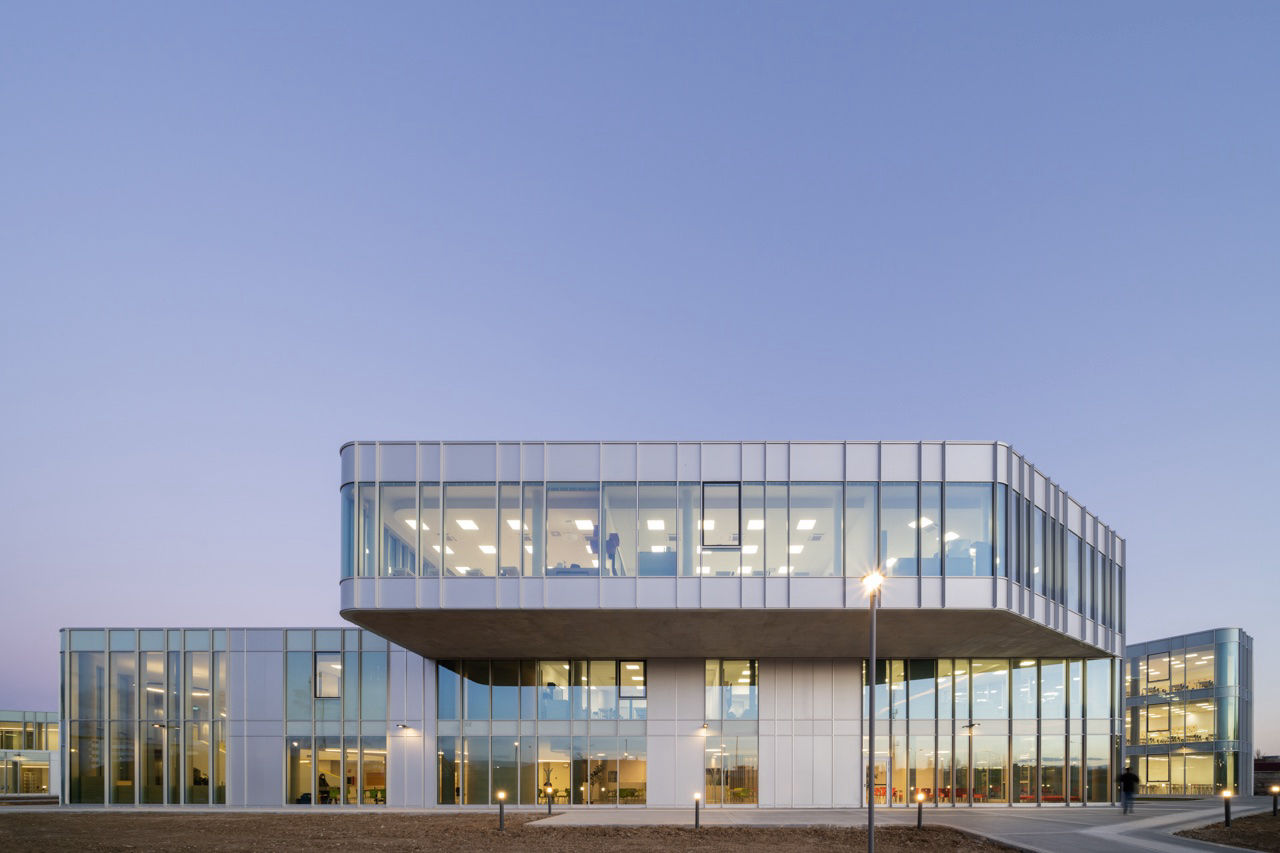
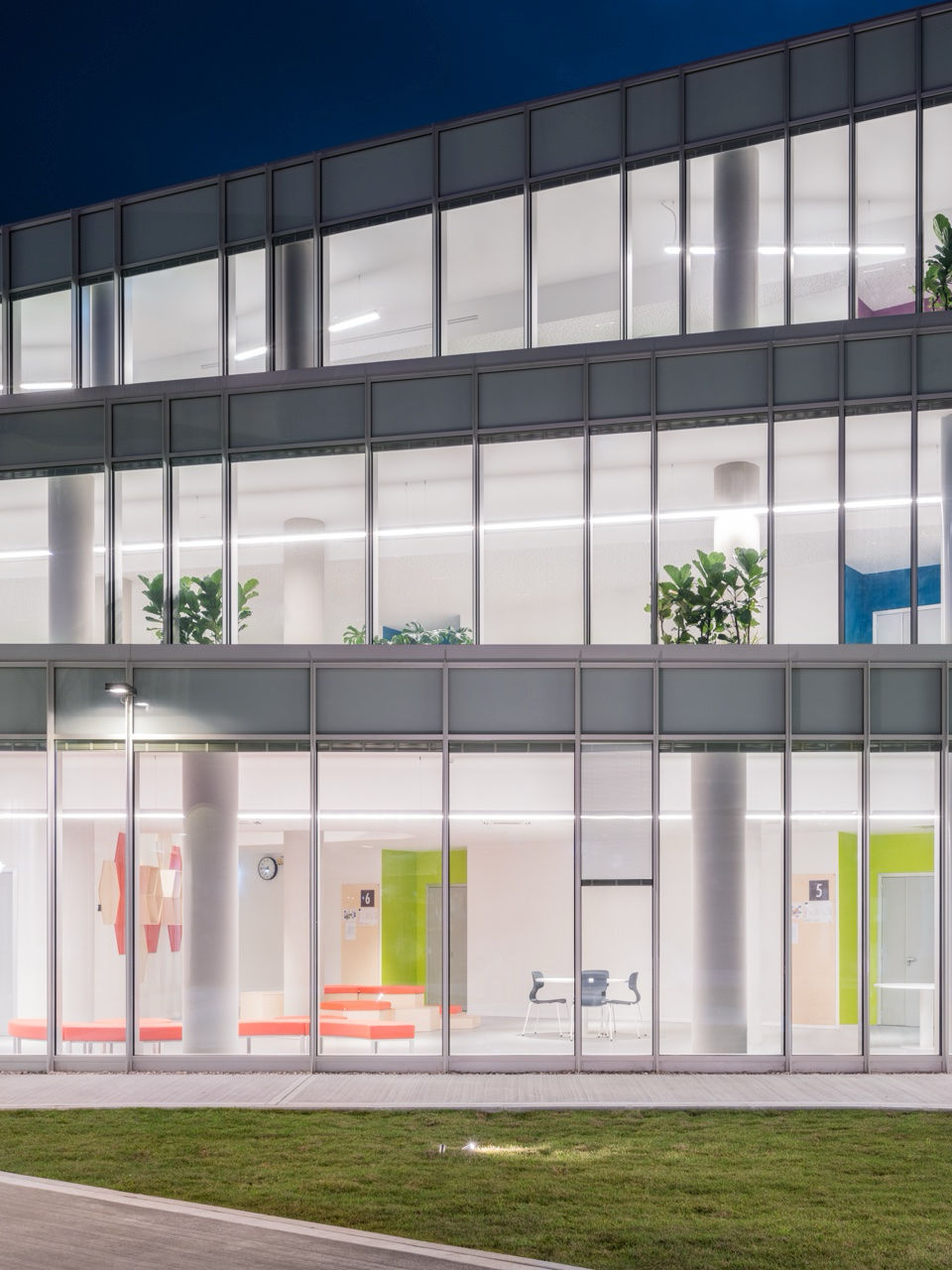
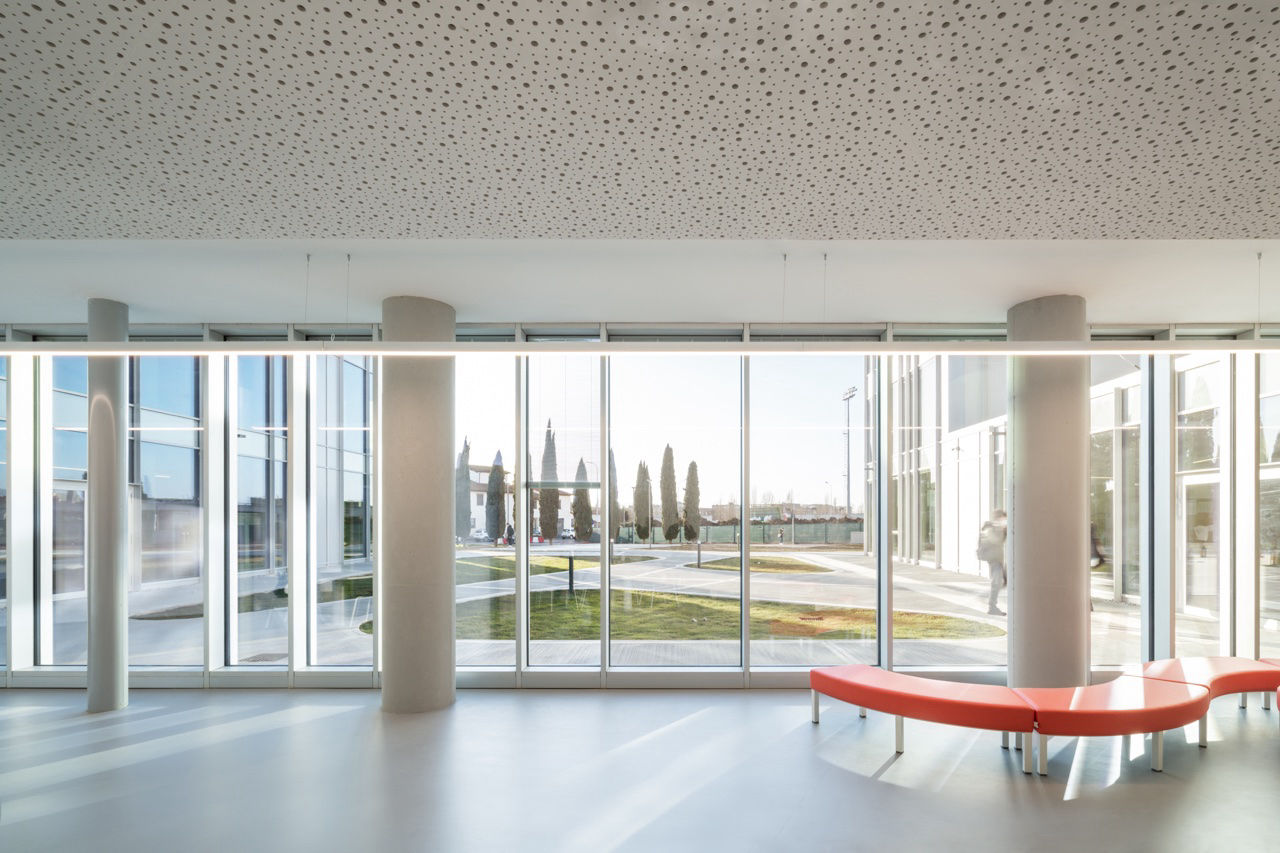
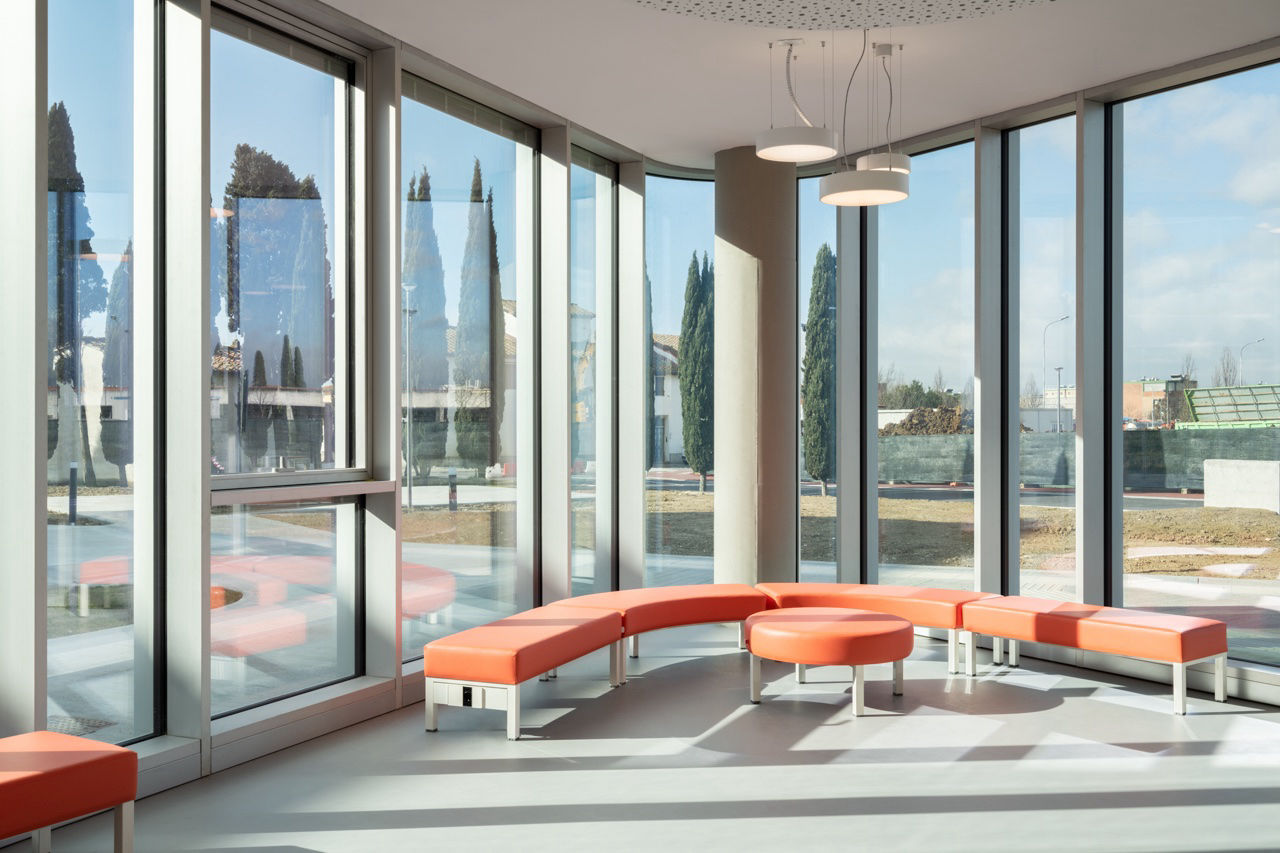
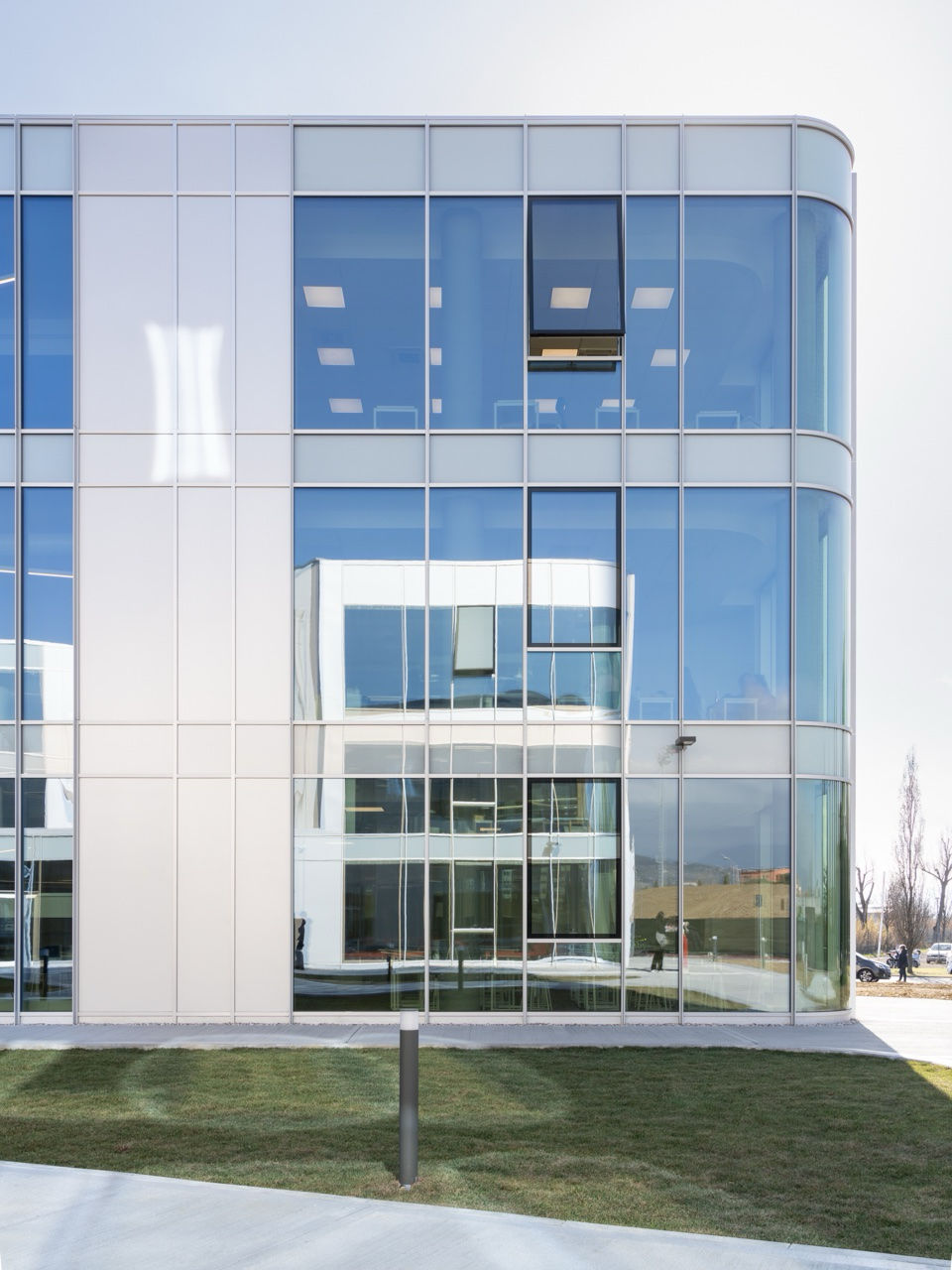
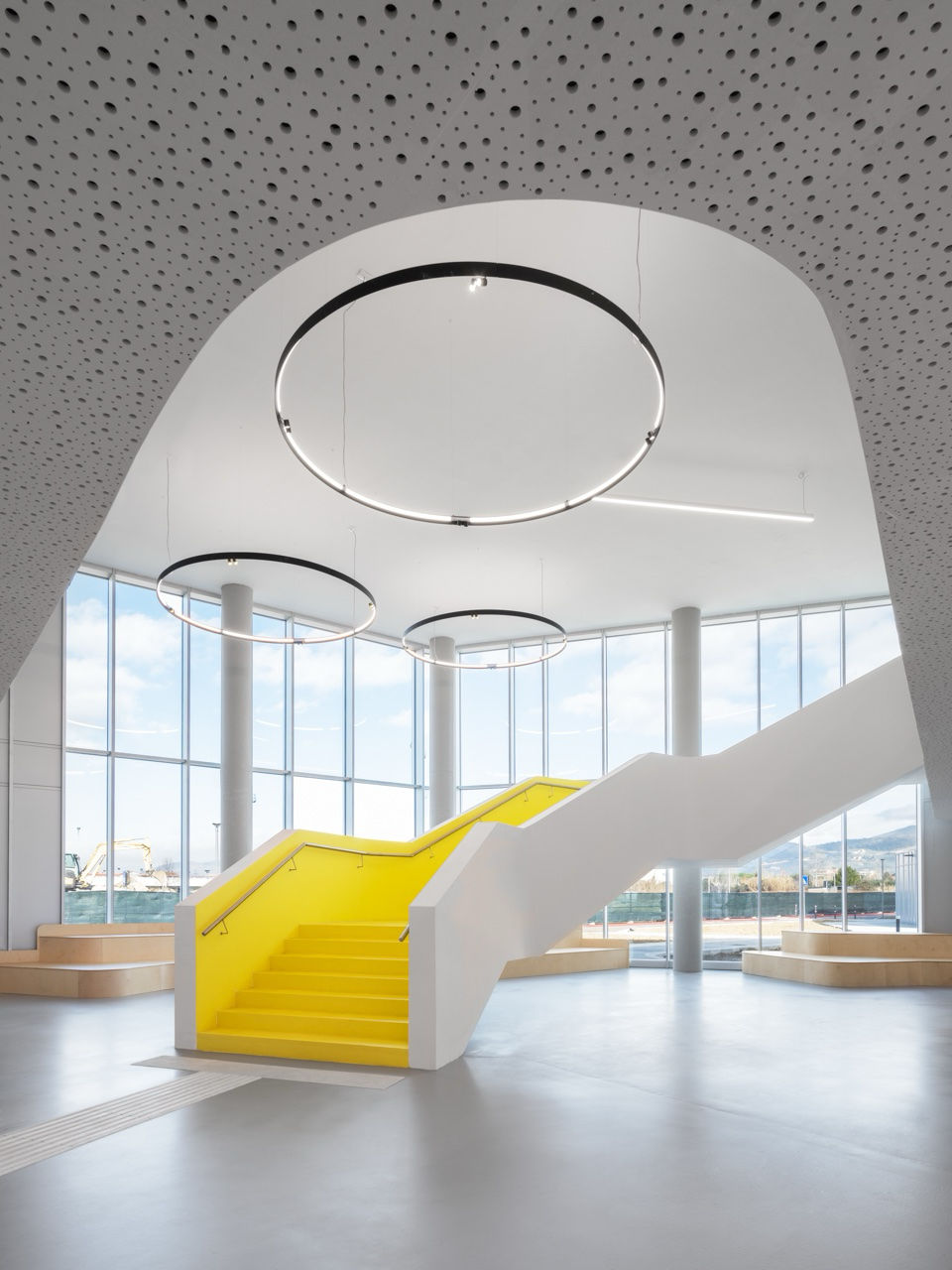
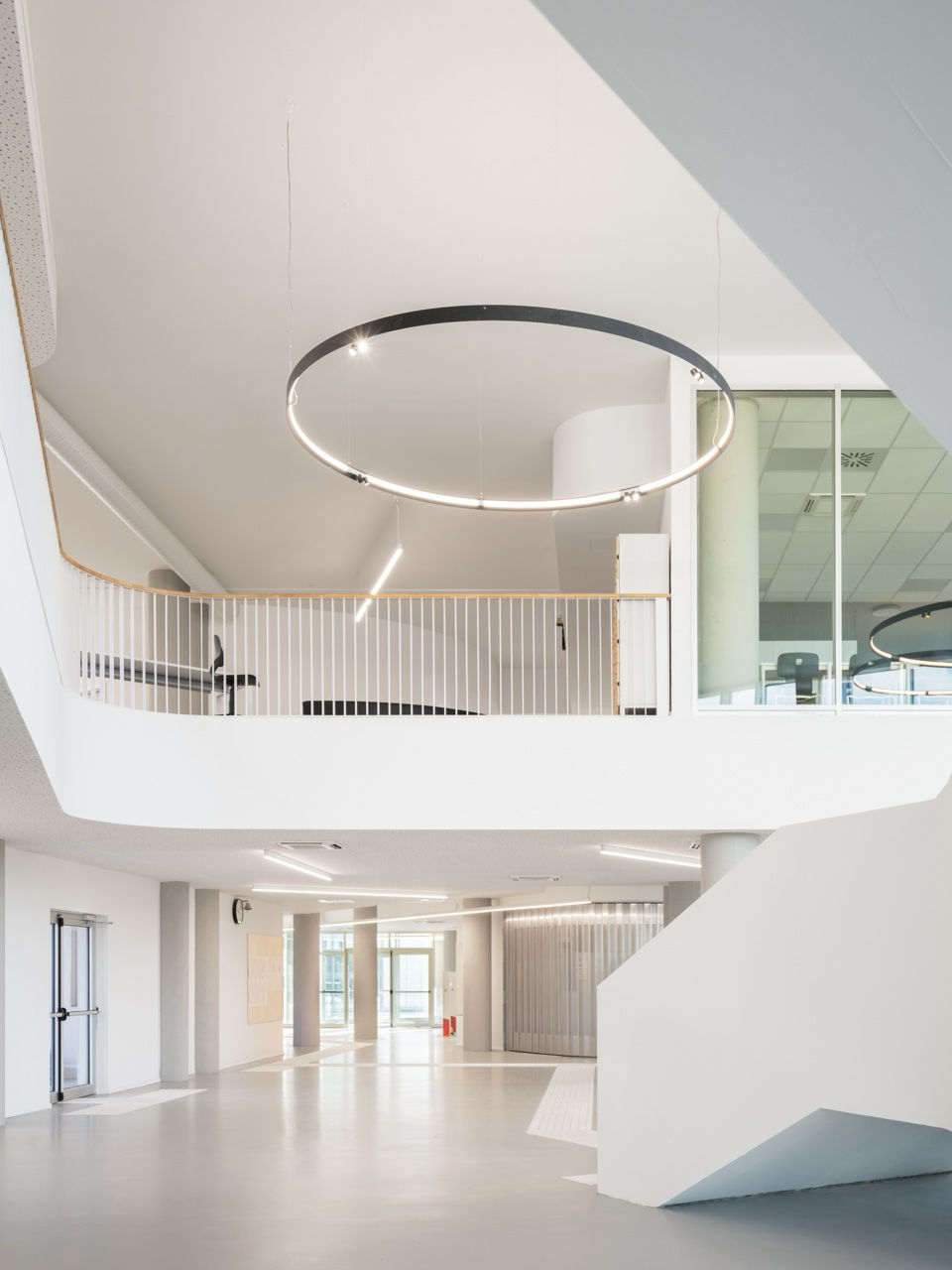
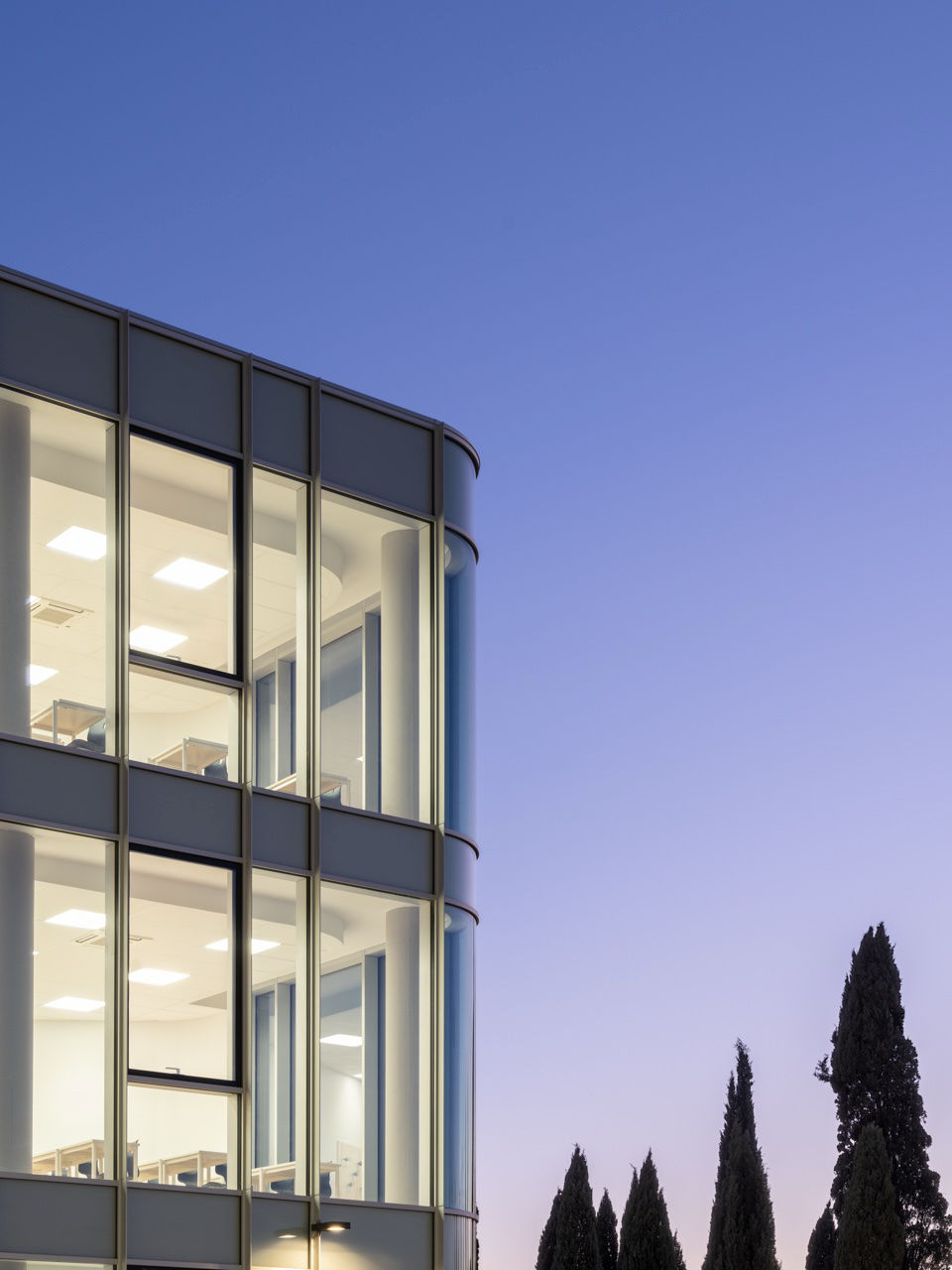
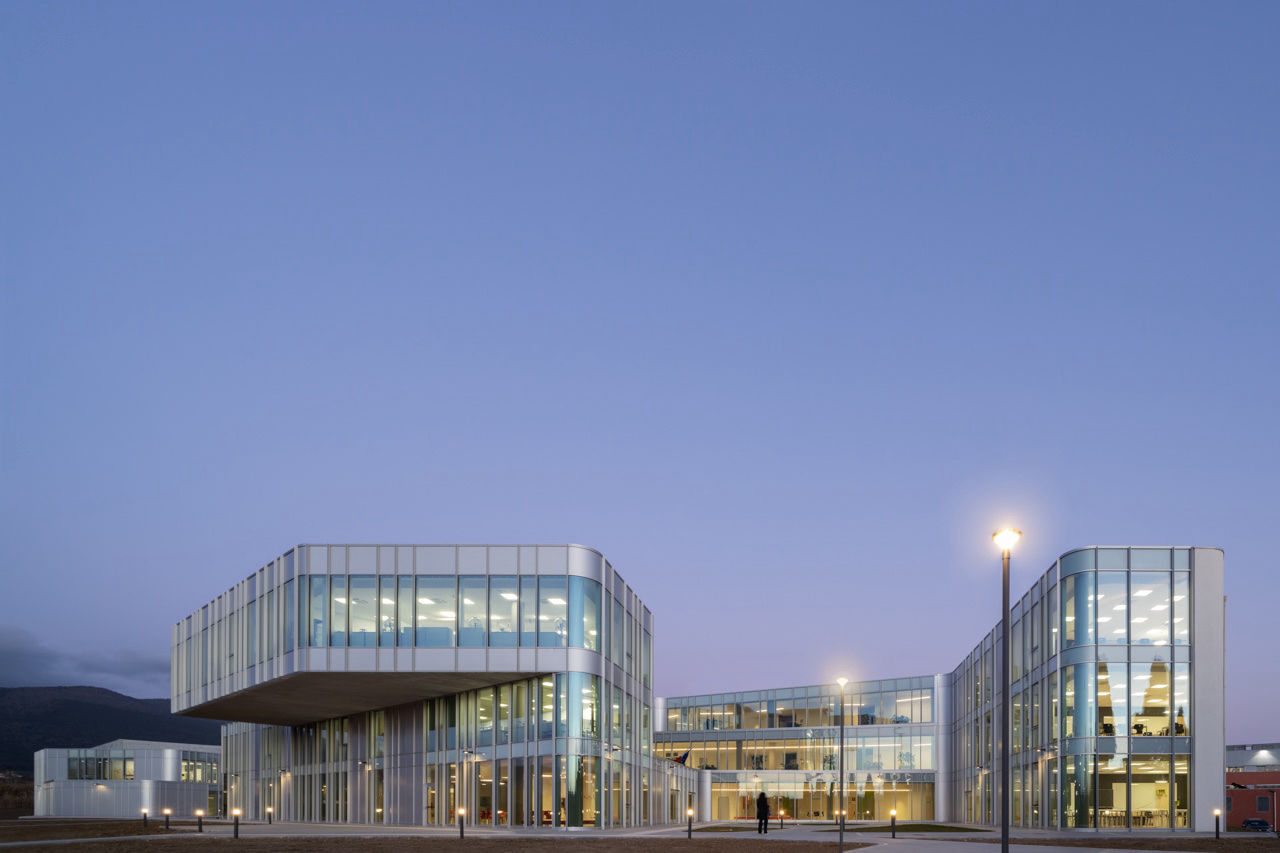
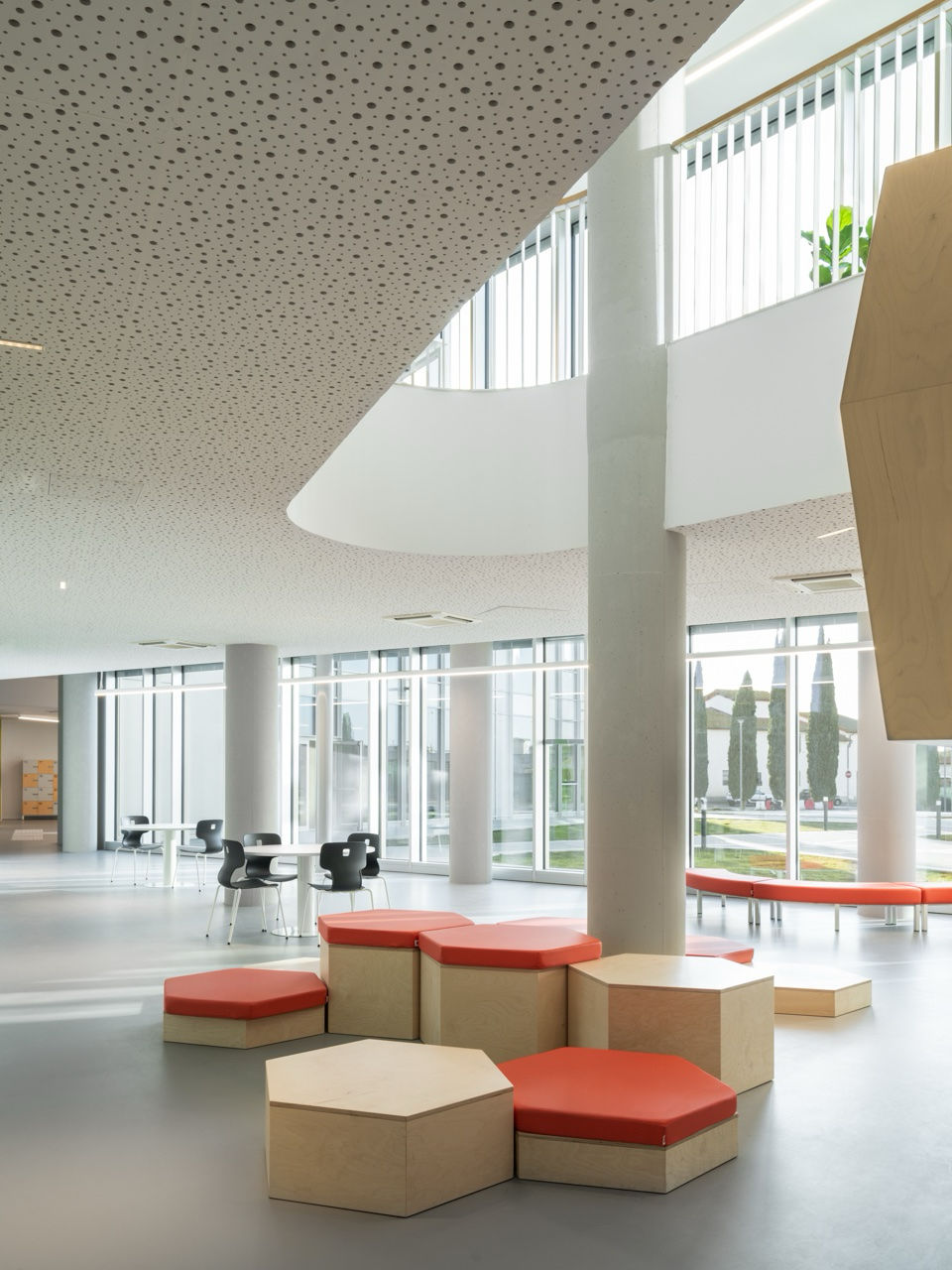
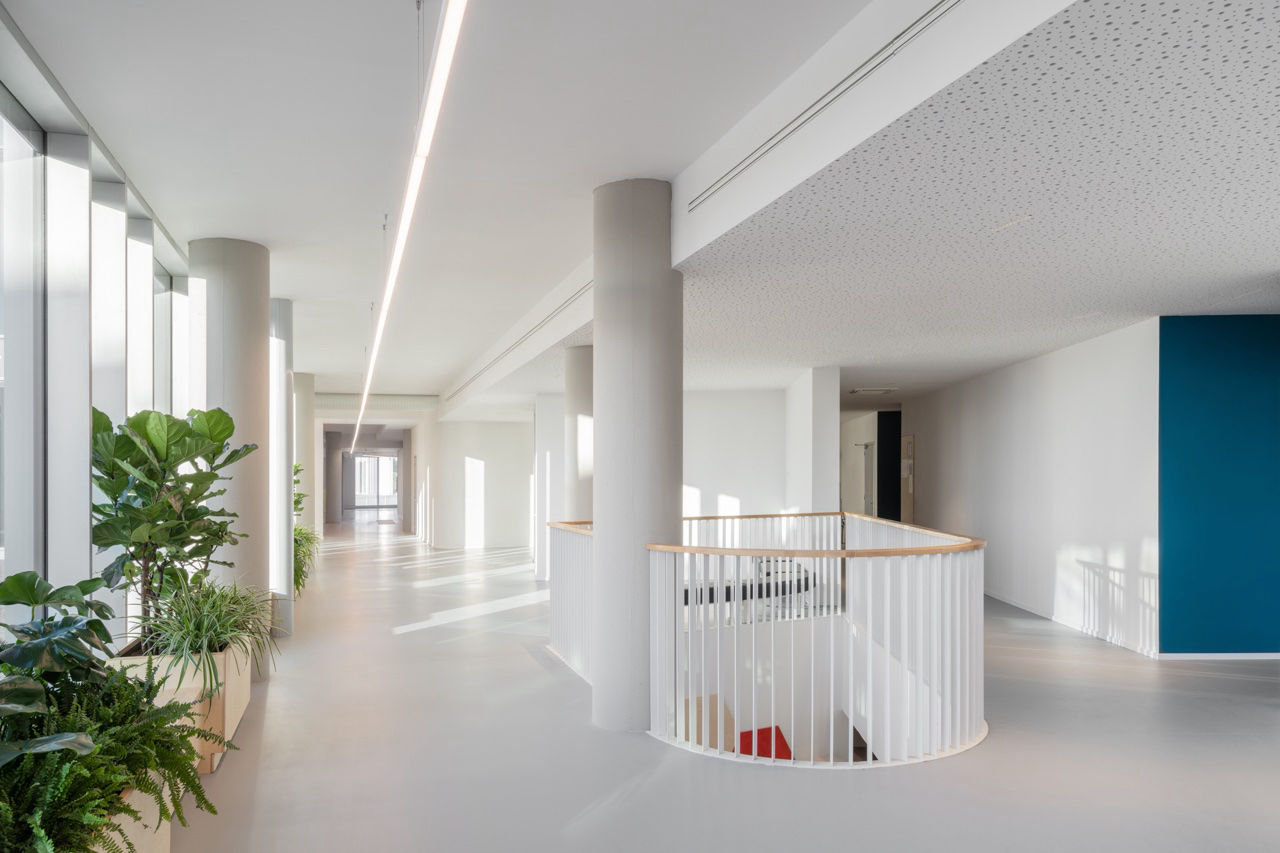
Credits
- Status: Completed
- Customer: Metropolitan City of Florence
- Location: Sesto Fiorentino (FI)
- Import: € 11.855.725
- Year: 2019 - 2021
- Surface: 9061 mq
- PH: ©M. Cappelletti
-
Workgroup/RTP:
Settanta7 Studio Associato, Stain Engineering srl, geol. Maria Angela Botta, ICIS srl, ATS servizi ing. Federica Andreis, geom. Paolo Sartori, arch. Laura Sandoval Palacios
-
Collaborators and Consultants:
Tender | Competition: arch. Antonella Gentile, arch. Laura Sandoval Palacios
Project: arch. Matteo Valente, arch. Francesca Cordero, arch. Federico Spanò, arch. Giuseppe Regano